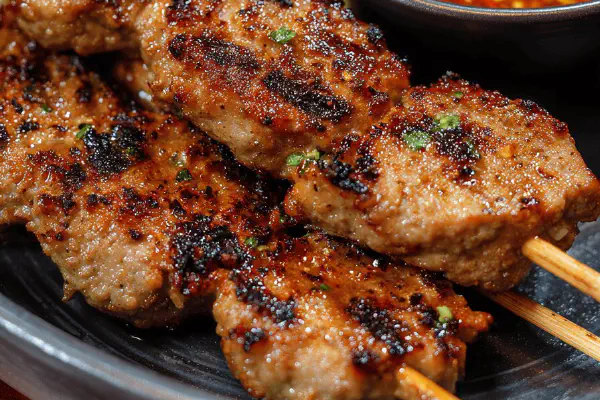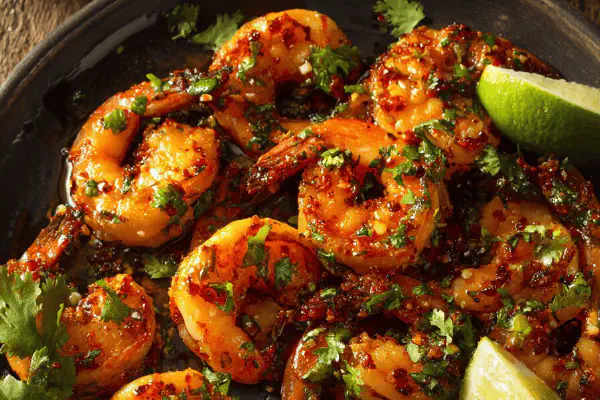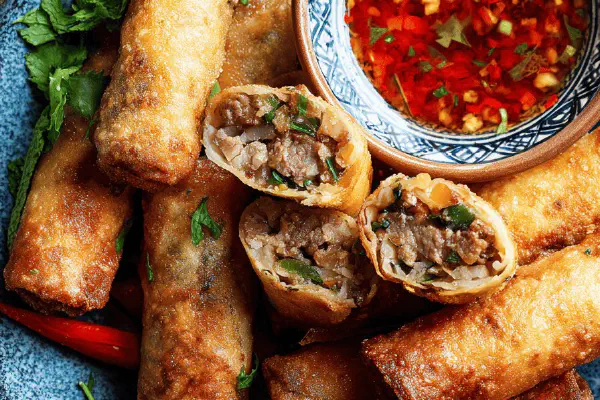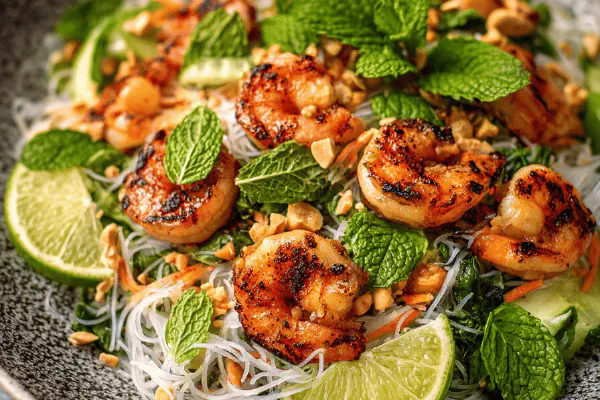Tamarind Pork Tenderloin Twist
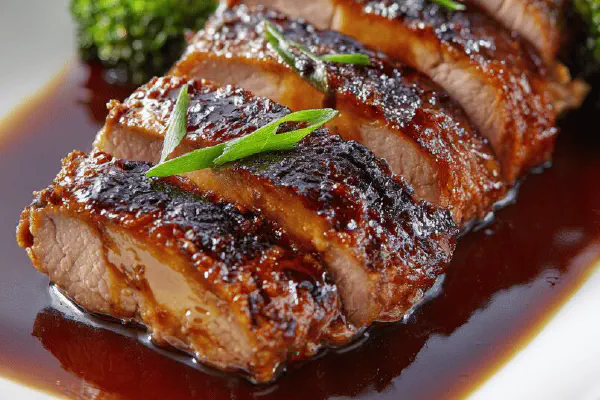
By Emma
Certified Culinary Professional
Ingredients
- 2 pork tenderloins approx 300 g each
- 125 ml pineapple juice
- 30 ml honey
- 30 ml tamarind paste
- 30 ml hoisin sauce
- 15 ml fish sauce
- 5 ml freshly grated ginger
- 2 scallions chopped
- 1 garlic clove minced
About the ingredients
Method
- 1. Combine pineapple juice, honey, tamarind, hoisin, fish sauce, ginger, scallions, and garlic in a glass dish or resealable bag. Mix well until honey dissolves. Marinate pork thoroughly, cover or seal. Refrigerate at least 1.25 hours or overnight for deeper flavor penetration. Longer marinade breaks down muscle fibers for tenderness but not mush.
- 2. Remove pork, discard excess marinade but keep liquid intact. Pat pork dry lightly with paper towel. Season pork with black pepper only; salt already in fish sauce.
- 3. Preheat grill high heat. Oil grates to prevent sticking. Create two heat zones: one side on low medium-low, other side blazing hot.
- 4. Sear pork tenderloins over hot zone 3–4 minutes each side until char marks appear and caramelization occurs, crackling sizzling sounds. Flip carefully to avoid flare-ups.
- 5. Move pork to cooler side. Close lid. Cook, rotating every 4–5 minutes to cook evenly, until internal temperature reaches 60°C (140°F) for medium rare. Dense texture starts firm but still springy to touch.
- 6. Remove pork from grill. Tent loosely with foil. Rest 10 min minimum; juices redistribute, avoids dryness.
- 7. While resting, pour reserved marinade into small saucepan. Bring to vigorous boil to kill bacteria. Then reduce heat to medium-low. Simmer stirring often until sauce thickens to shiny syrupy consistency—takes about 8 minutes. Watch carefully—burnt sauce ruins flavor.
- 8. Slice pork crossgrain into medallions, juicy pink center should be visible. Plate immediately. Spoon tamarind glaze generously. Serve with grilled broccoli tossed with sesame oil and sea salt, quick char adds crunch.
- 9. Optional garnish with extra scallions or fresh cilantro for brightness.
Cooking tips
Chef's notes
- 💡 Marinate pork minimum 1 hour but overnight breaks down fibers better; fish sauce salty so skip extra salt; honey dissolves slow, stir well. Glass or stainless glass preferred; plastics can taste off with tamarind acids.
- 💡 Dry pork thoroughly—wet meat steams on grill, hex kills crust. Oil grates hot but lightly. Two heat zones vital; sear hot, finish medium low. Flip quick to avoid flames burning sugar in honey and tamarind mix.
- 💡 Internal temp 60°C signals medium rare juicy slices; test by feel springy but firm. Rest meat 10 min loosely tented; juices redistribute or dry tough edges happen. Slice cross grain thin for tender bites.
- 💡 Sauce thickening needs attention; boil first kill bacteria then simmer low and stir often. Sticky shiny coat marks doneness; burnt smells mean scrap batch. If thickens too fast, lower heat immediately avoid bitter notes.
- 💡 Char broccoli quick over high heat tossed in sesame oil and salt; crispy outside, smoky taste. Optional but adds crunch contrast to soft juicy pork. If no grill, pan sear pork then oven roast indirect heat, watch temps close.
Common questions
How long to marinate pork?
At least 1 hour for flavor; longer tenderizes muscle but fish sauce saltiness builds; overnight safest for deep taste. Glass container better no plastic; acids react. Watch proportions, too long toughens.
Can I substitute pork loin?
Yes but needs longer cook time; leaner, less juicy. Adjust grill zones, lower heat longer rest advised. Marinade stays same, texture denser though. Pan roast option works too, avoid drying.
What if sauce burns?
Remove immediately, burnt sugar bitter destroys glaze. Start again reduce heat earlier, stir frequently. Use lower flame once boiling achieved. Backup: mix fresh marinade or add honey cautiously if too thin.
How to store leftovers?
Cooler airtight container fridge up to 3 days. Sauce separate better—reheat gentle, avoid microwave high heat or fast burn. Freeze pork sliced to keep texture but glaze might thicken intensely.
